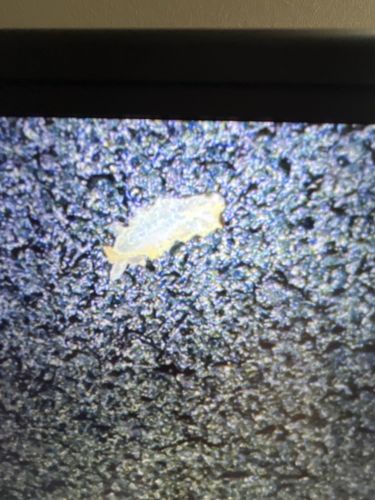Springtail
Scientific Name: Collembola (various species)
Order & Family: Order Collembola, various families (e.g., Entomobryidae, Isotomidae, Poduridae)
Size: Typically 0.2 mm to 10 mm, most commonly 1-3 mm.

Natural Habitat
Damp environments rich in organic matter, such as soil, leaf litter, decaying wood, compost piles, under bark, in potted plants, and sometimes indoors in areas with high humidity (e.g., bathrooms, basements).
Diet & Feeding
Mainly detritivores, feeding on decaying organic matter, fungi, mold, bacteria, algae, and sometimes plant roots or pollen. They play a crucial role in decomposition.
Behavior Patterns
Springtails are known for their furcula, a tail-like appendage folded under the abdomen, which allows them to 'spring' or 'jump' rapidly when disturbed. They are typically found in large numbers and are active in moist conditions. Many species are parthenogenetic, meaning females can reproduce without males. They undergo direct development, moulting throughout their lives.
Risks & Benefits
Generally beneficial to ecosystems as decomposers, aiding in nutrient cycling and soil health. They pose no direct risk to humans (do not bite or sting) and are not known to transmit diseases. While they can sometimes be found indoors in large numbers, indicating high humidity or moisture problems, they are harmless and are not considered pests in the traditional sense, though some species can occasionally damage plant roots in agricultural settings if population densities are very high.
Identified on: 9/7/2025